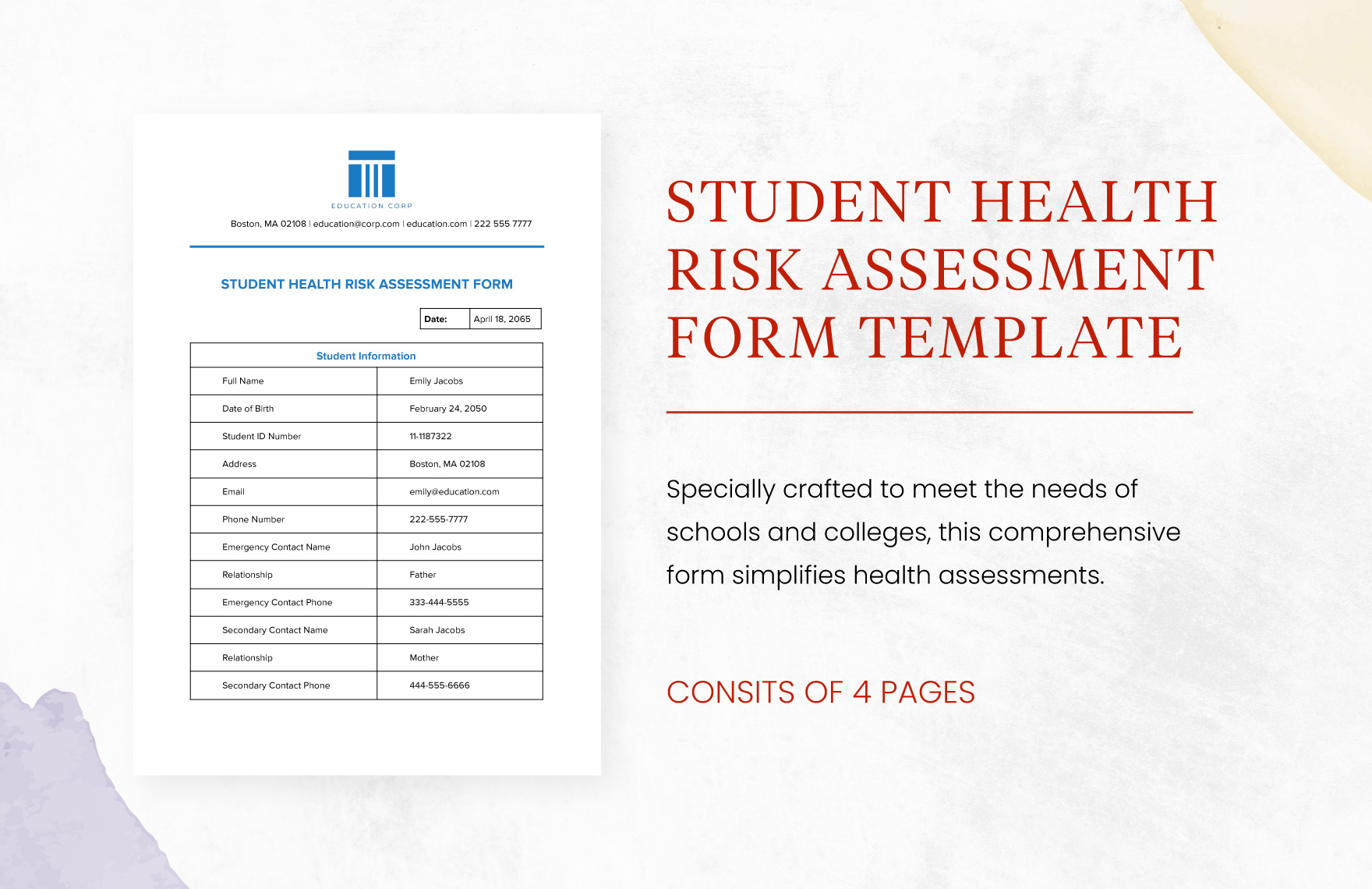Synthetic Hair Braids: A Health Risk Assessment For Black Women

Table of Contents
Synthetic hair braids are a beloved hairstyle among Black women, offering a vast array of styles and the ability to express individuality. However, the pursuit of these fashionable looks can sometimes come at a cost to hair health. This article assesses the potential health risks associated with synthetic hair braids, providing crucial information for informed decision-making and promoting long-term hair wellness. We’ll explore the potential dangers and offer practical advice to mitigate these risks, helping you maintain healthy, beautiful hair while enjoying the versatility of synthetic braids.
Scalp Irritation and Infections
Tight braiding, a common practice to achieve secure and long-lasting synthetic braids, can significantly restrict blood flow to the scalp. This restriction can lead to a cascade of problems, starting with scalp irritation and inflammation. A compromised blood supply deprives hair follicles of essential nutrients, making them more susceptible to infection.
- Increased risk of folliculitis: Folliculitis, an inflammation of the hair follicles, is a common consequence of tight braiding. The trapped moisture and friction create an ideal breeding ground for bacteria, leading to painful bumps and pustules.
- Potential for fungal or bacterial infections: The warm, moist environment created beneath synthetic braids provides a perfect haven for fungal and bacterial growth. This can manifest as itching, burning, and a persistent, unpleasant odor. Ignoring these symptoms can lead to more severe infections requiring medical attention.
- Itching, burning, and pain in the scalp: These are telltale signs of scalp irritation and potential infection. Persistent discomfort warrants immediate attention to prevent escalation.
Maintaining meticulous scalp hygiene is crucial. Gently cleanse the scalp regularly using a mild, anti-fungal shampoo, ensuring you thoroughly rinse away all product residue. For persistent infections, consulting a dermatologist or trichologist is essential for accurate diagnosis and appropriate treatment.
Traction Alopecia and Hair Loss
The strong tension associated with tight braiding styles is a significant contributor to traction alopecia, a type of hair loss caused by excessive pulling on the hair follicles. This constant tugging weakens the hair follicles, leading to miniaturization—the follicles shrink, producing thinner and shorter hairs.
- Mechanism of traction alopecia: Repeated pulling weakens the hair follicles over time, eventually leading to their destruction and permanent hair loss. The damage isn't immediate; it's cumulative, making it crucial to address the problem early.
- Potential for permanent hair loss: If left unaddressed, traction alopecia can result in permanent hair loss in the affected areas. Early intervention is key to preventing irreversible damage.
- Importance of less-damaging braiding styles and techniques: Opting for looser braiding styles, using protective styles like cornrows instead of extremely tight braids, and employing gentler braiding techniques significantly reduces the risk of traction alopecia.
Regular breaks from tight braiding are essential to allow the scalp and hair follicles to recover. Consider incorporating protective hairstyles that don't put excessive tension on the hair. If you notice significant hair loss or thinning, seek professional help from a dermatologist or trichologist.
Chemical Exposure and Allergic Reactions
Synthetic hair extensions are often treated with chemicals, including dyes and preservatives, to enhance their appearance and durability. Exposure to these chemicals can trigger allergic reactions in sensitive individuals.
- Allergic contact dermatitis: Contact with certain chemicals in synthetic hair can cause allergic contact dermatitis, manifesting as skin rashes, itching, inflammation, and even blistering.
- Sensitivity to specific dyes or preservatives: Individual sensitivities vary, making it difficult to predict which specific chemicals might trigger a reaction. Patch testing is crucial.
- Importance of selecting high-quality, hypoallergenic synthetic hair extensions: Opting for high-quality synthetic hair from reputable brands often implies rigorous quality control, reducing the risk of exposure to harsh chemicals.
Before using any new synthetic hair, perform a patch test. Apply a small amount to a hidden area of skin and monitor for any reaction over 24-48 hours. Choosing reputable brands known for their commitment to quality and hypoallergenic materials can minimize potential risks.
Maintaining Healthy Hair with Synthetic Braids
With careful consideration and proactive measures, you can minimize the health risks associated with synthetic braids and maintain healthy, strong hair.
- Choosing a skilled braider: A skilled braider understands the importance of proper tension and techniques, preventing excessively tight braids. Look for reviews and recommendations.
- Using appropriate hair products: Gentle shampoos and conditioners specifically formulated for braided hair help maintain scalp health and prevent dryness. Avoid harsh chemicals.
- Regular scalp massages: Gentle scalp massages stimulate blood circulation, promoting hair growth and reducing scalp irritation. Use natural oils to nourish the scalp.
- Taking breaks from braids: Allow your scalp and hair to breathe between braid installations. This gives your hair a chance to recover from the tension.
By prioritizing these practices, you can significantly reduce the risks associated with synthetic hair braids.
Conclusion
While synthetic hair braids offer a fantastic avenue for self-expression and versatility, understanding and mitigating the associated health risks is crucial for maintaining healthy hair. Tight braiding, chemical exposure, and lack of proper hygiene can lead to scalp irritation, infections, and traction alopecia. By making informed choices about your braiding style, choosing high-quality synthetic hair, and practicing diligent hair care, you can minimize these risks and enjoy the beauty of synthetic braids without compromising your hair's health. Consult a dermatologist or trichologist if you experience any concerning symptoms related to your synthetic hair braids. Learn more about safe synthetic hair braiding practices and choose wisely to protect your hair.

Featured Posts
-
 Emegha To Chelsea Transfer Negotiations Underway
May 27, 2025
Emegha To Chelsea Transfer Negotiations Underway
May 27, 2025 -
 Kanye Wests Rambling Rant On Livestreaming And Kai Cenat
May 27, 2025
Kanye Wests Rambling Rant On Livestreaming And Kai Cenat
May 27, 2025 -
 Man Utd Transfer News 64m Bid For World Class Striker
May 27, 2025
Man Utd Transfer News 64m Bid For World Class Striker
May 27, 2025 -
 Shlyakh Ukrayini Do Nato Novi Perspektivi Zavdyaki Nimechchini
May 27, 2025
Shlyakh Ukrayini Do Nato Novi Perspektivi Zavdyaki Nimechchini
May 27, 2025 -
 Every Alien Movie On Hulu A Ranked Viewing Guide
May 27, 2025
Every Alien Movie On Hulu A Ranked Viewing Guide
May 27, 2025
